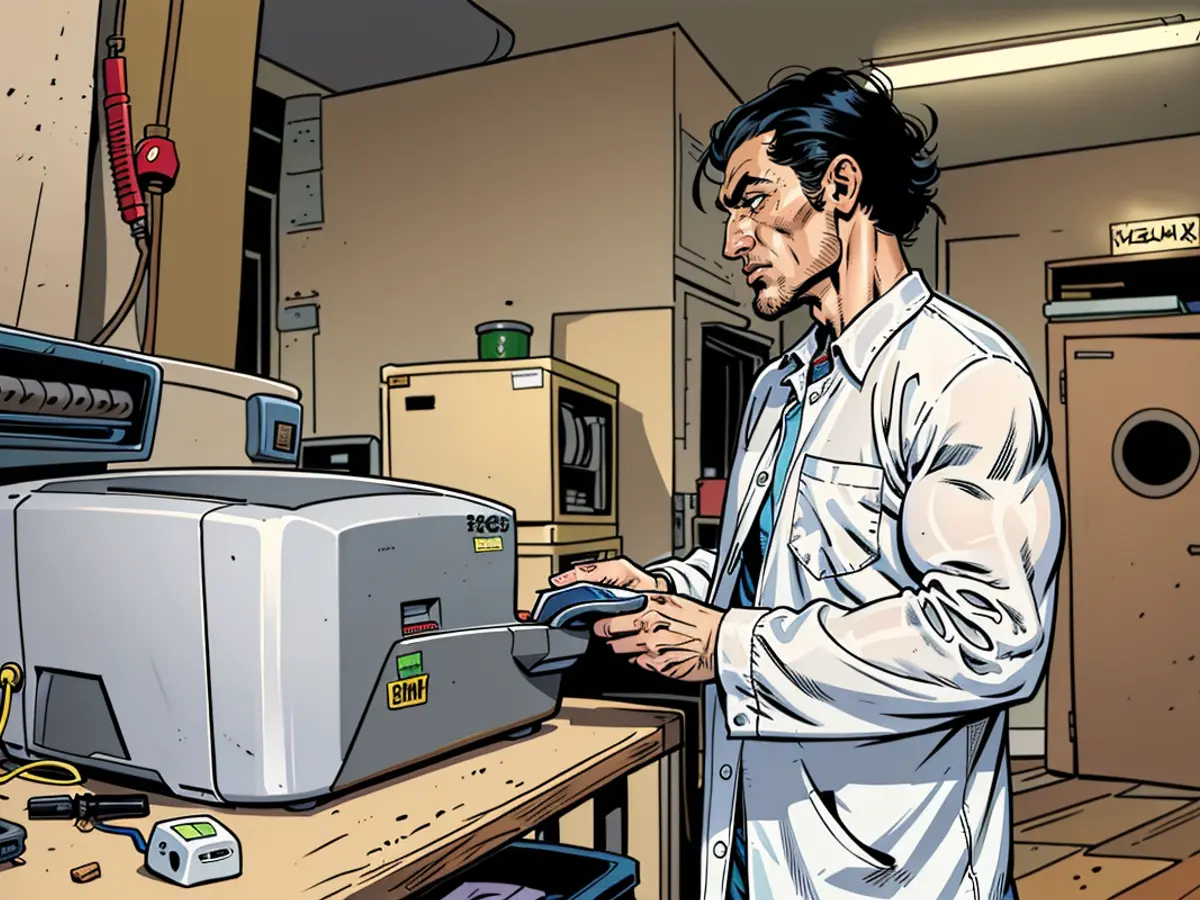Berlin's sewage reveals massive Corona wave
In the German capital, something is brewing together: In the sewage treatment plants of Berlin, researchers are registering a notably strong increase in measured virus levels in the midst of summer. The responsible health and social affairs office (LAGeSo) confirms: "We are currently seeing a SARS-CoV-2 wave".
The unusual accumulation of summer infections in Berlin is not only due to harmless sore throat viruses. Routine measurements in the sewage indicate a massive increase in Corona infections in the catchment area of the German capital. The measured virus loads are rising steeply at all three Berlin sewage treatment plants - and significantly more so than at other sewage treatment plants in the federal territory.
The responsible health and social affairs office (LAGeSo) rules out technical causes. "Currently, we are seeing a SARS-CoV-2 wave that goes hand in hand with an increased excretion of SARS-CoV-2 RNA," confirmed spokesman Daniel Sagebiel in response to an inquiry. Other indicators, such as hospitalization rates, show no significant movements so far.
The infection situation seems to be spreading across the entire city. The analyzed sewage samples come from the three sewage treatment plants Ruhleben in the northwest, Schöneberg in the north, and Wassmannsdorf in the south of the capital. According to earlier statements, this covers the sewage of around 84 percent of the Berlin population.
"Coronaviruses enter the sewage system, for example, during toothbrushing through saliva or especially through excretions from the digestive tract," explains LAGeSo doctor Sagebiel. In case of infection, Coronaviruses multiply unnoticed in the human body. This happens several days before the first symptoms appear. The sewage samples from the sewer can therefore already provide indications of possible infection waves in the population, long before other indicators start to rise.
The sewage screening does not allow statements about the individual disease course or about a possible increase in severe Covid-19 cases. Doctors therefore continue to monitor reports from doctors' offices and hospitals. So far, there is no indication of an increase in severe Corona infections. However, the other available indicators for the Corona situation - such as Covid-19 cases on intensive care units - follow the development several weeks later.
Nationwide, the calculated number of respiratory diseases has recently decreased slightly, but the Robert Koch Institute (RKI) referred to possible influences on the consultation behavior of the population in this context. Sewage treatment plants in individual other German metropolises, such as Düsseldorf, also show a noticeable increase in virus loads - but not in the Berlin dimensions.
The sewage monitoring offers virologists, doctors, and epidemiologists significant advantages over other early warning systems: The sewage samples allow a much more comprehensive and faster overview of the current infection situation. "Fewest people go to testing every day," summarizes Sagebiel, "but everyone goes to the toilet every day".
In a single sewage sample, excretions from hundreds of thousands of people are contained. As a early warning indicator, sewage testing is therefore not only much more convenient, but also "significantly cheaper than the assessment of each individual person using PCR tests".
"Beside the measurable virus quantity, involved researchers also focus on the type of contained agents. In the lab, found virus remnants are sequenced. In this way, it is possible to determine the dominant virus variant and recognize new mutations early on.
Coronation Mutations in Focus
"The recent increase in substance diversity in the sewage since mid-April is reported from Berlin. Currently, in the Corona Virus genome, a multitude of various combinations of mutations are arising, which are then classified as different lineages. In Berlin's sewage, this is currently mainly the subtypes JN.1.18 and KP.3. The trend, however, is still unclear.
Additionally, in addition to sewage monitoring at the three largest Berlin clarification plants, an "automatic sample collector" takes a weekly 24-hour mixed sample from the Berlin Brandenburg Airport BER's sewage system. The contained virus remnants are also sequenced. Virologists want to keep an eye on the influence of tourist streams with this.
The measured virus quantities in the sewage are no longer infectious. "The Coronavirus is very sensitive to environmental influences and cleaning agents due to its shell, therefore no intact Coronaviruses are present in the sewage but only RNA fragments of the viruses."
The increase in SARS-CoV-2 viruses in Berlin's sewage treatment plants suggests a wave of Corona infections, according to the health and social affairs office (LAGeSo). The sewage monitoring in Berlin allows for a more comprehensive and faster overview of the current Coronavirus infection situation than other early warning systems. The measured virus fragments in the sewage are not infectious due to their sensitivity to environmental influences and cleaning agents.







